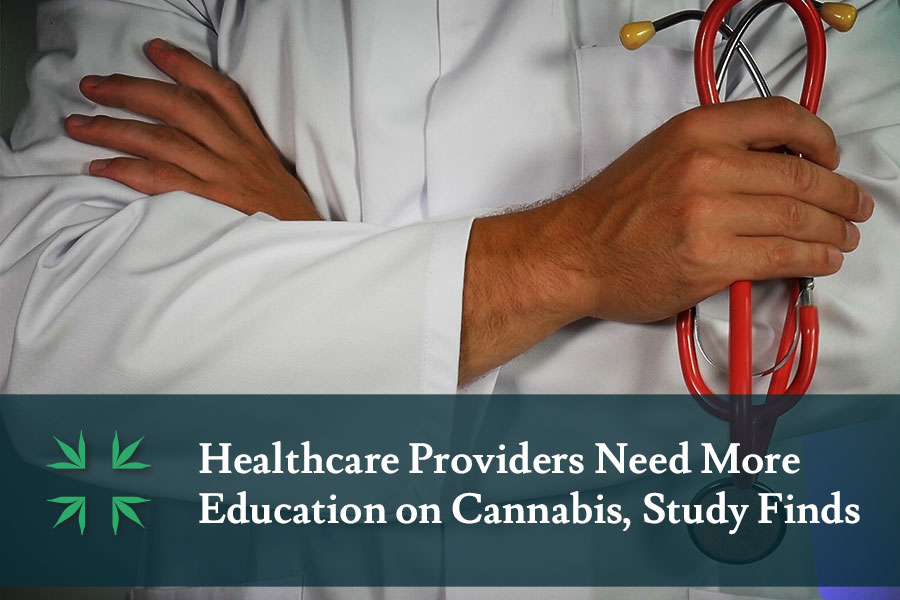American healthcare workers believe they have a significant knowledge gap when it comes to medical marijuana, according to new research.
The researchers, based at the University of Alabama, Birmingham, wanted to investigate whether the cannabis knowledge of US healthcare providers was keeping pace with the fast spread of medical marijuana programs across the country. To find out, the researchers set up an online survey for neurologists, nurses and pharmacists to give their opinion and understanding of marijuana and its therapeutic uses, which garnered 451 survey responses divided equally among the three professions.
The resulting article, published in Epilepsy and Behavior Journal, reveals that while more than 80 percent of healthcare providers favor medical cannabis legalization and 43 percent support full legalization, around half felt unfamiliar with cannabinoid pharmacology and its clinical applications.
“We know there is a knowledge gap among clinicians. Previous studies had suggested that as many as 94% of epilepsy providers report their patients have sought cannabis treatment for epilepsy, and 64% say their patients use some form of cannabis,” said Magdalena Szaflarski, associate professor in the Department of Sociology at the University of Alabama, and the study’s lead author. “However, more than a quarter of those providers didn’t feel knowledgeable to make a recommendation to their patients, and only 2% had knowledge or information on proper dosing,” she added.
Of the three professions represented in the survey, pharmacists scored highest on the knowledge test while neurologists were the most cautious about the potential benefits of using medical cannabis. Still, the 77 percent of neurologists now in favor of medical marijuana is a big leap from 2014 when only 48 percent reportedly supported using medical cannabis, and only for severe cases of epilepsy.
The study’s authors conclude their survey shows there’s a desperate need to educate healthcare providers on various aspects of medical cannabis, including its pharmacology, application methods and safe dosages given the knowledge gaps and expected increase in demand for the treatment.

Leave A Comment